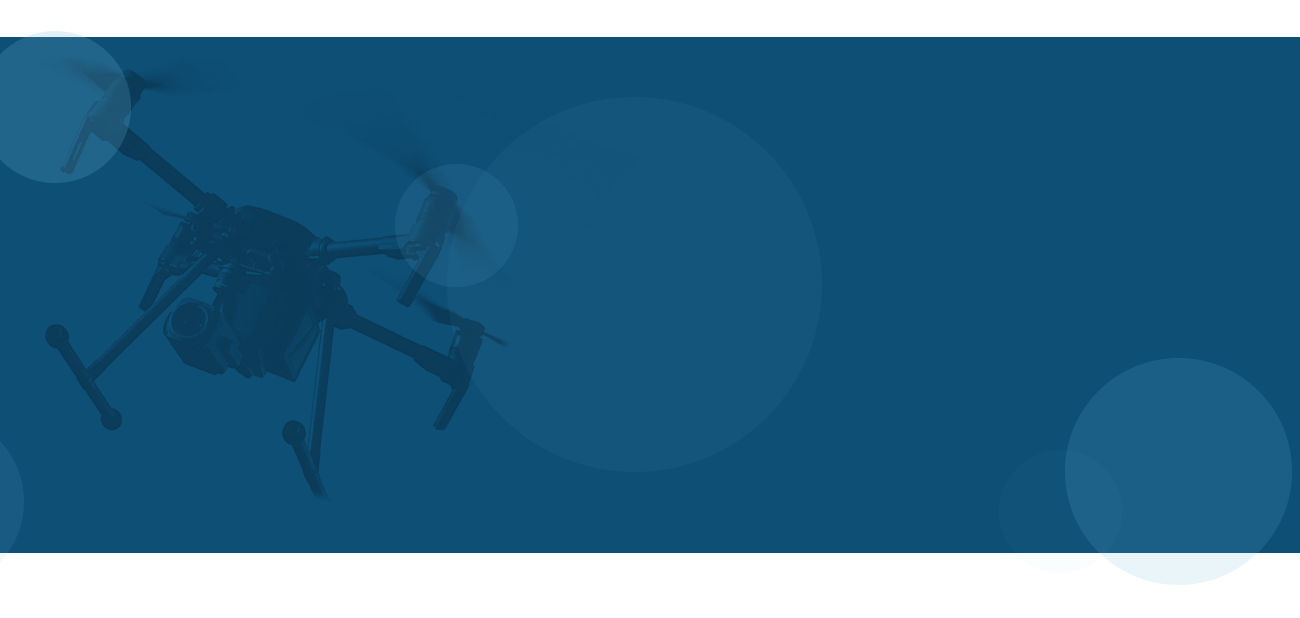Our waterborne ROV has two powerful, vectored, jet drives that allow it to work effectively in current without snagging any floating detritus. Basic payloads are aimed above the waterline for comprehensive video and imagery capture. However, sub-surface cameras and SONAR scanning is also an option below the surface, providing even more information for our clients. LIDAR is also an option in addition to various multi spectrum and stereo camera options, effectively removing any need to jeopardize workers in order to attain the highest in quality data capture.
The UAPS is mounted on a DJI Matrice M600 airframe. The design of the machine allows herbicide to be precisely delivered to targets such as Buddleia on vertical surfaces such as walls and windows, as well as canted surfaces such as guttering and roofs. In addition to ground-based targets including invasive species such as Himalayan Balsam, Giant Hogweed and Japanese Knotweed.
Railscape is working on a number of Wallcrawler variants that use the thrust and aerodynamic effects generated by Electro Ducted Fans to overcome gravity. As the name suggests this enables the machine to not only crawl up walls but also work inverted on ceilings.
Apart from the initial outlay of purchasing the drone itself, there are other financial implications which need to be considered, some of which are unrelated to the drone equipment.
Whether you envisage hiring an operator (with or without their own equipment) or training an existing employee as an operator and/or owning your own equipment, the information below is designed to give you a better understanding of the possible costs involved to suit your needs.
There is an undeniable value in the use of drones for all kinds of construction, development, mapping and surveying purposes. The main thing to remember is that this is an aircraft and it needs to be treated as such. It doesn’t matter how large or how small a drone might be, it can still cause serious damage if it hits structures, other vehicles, aircrafts or people.
